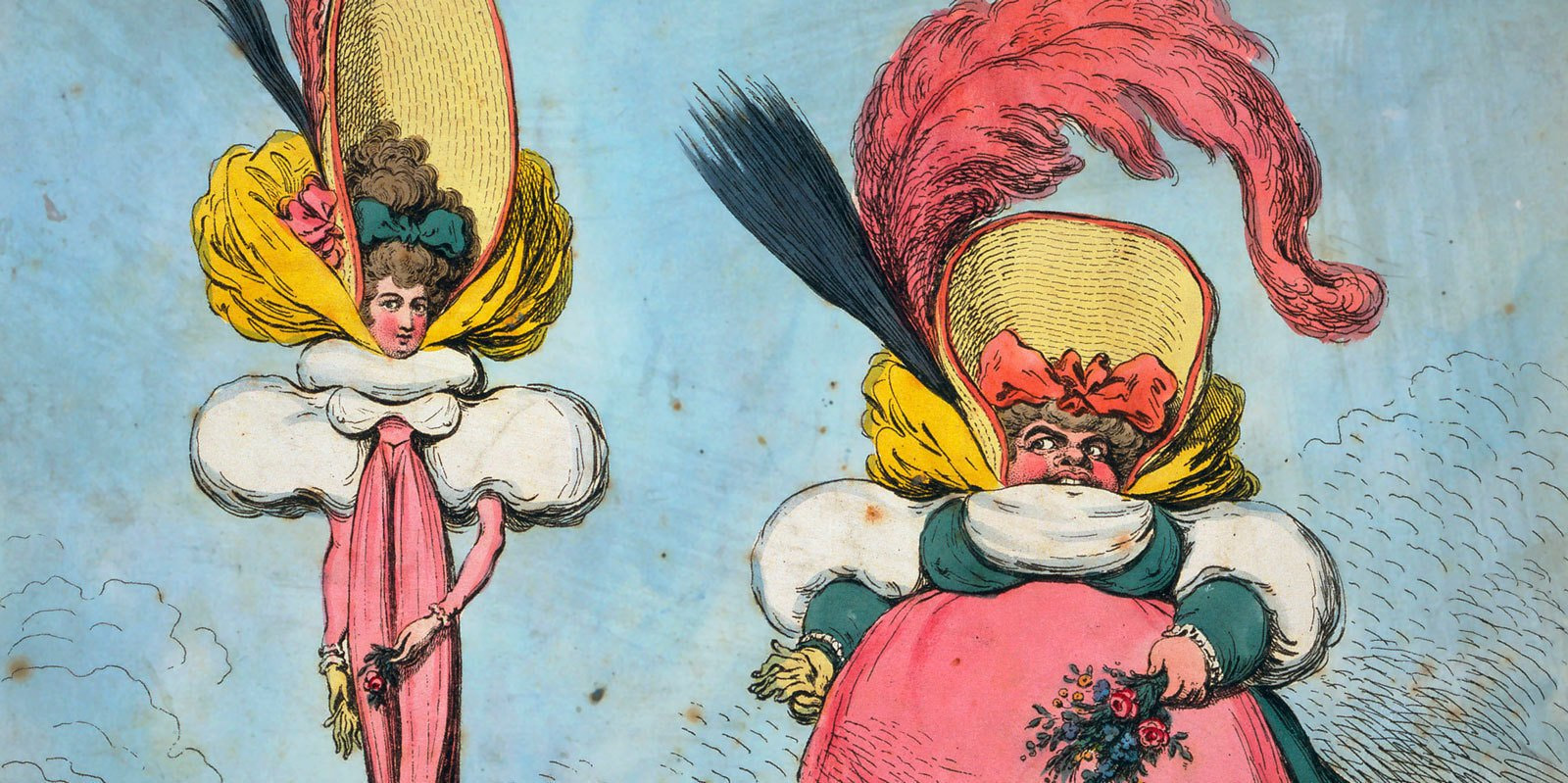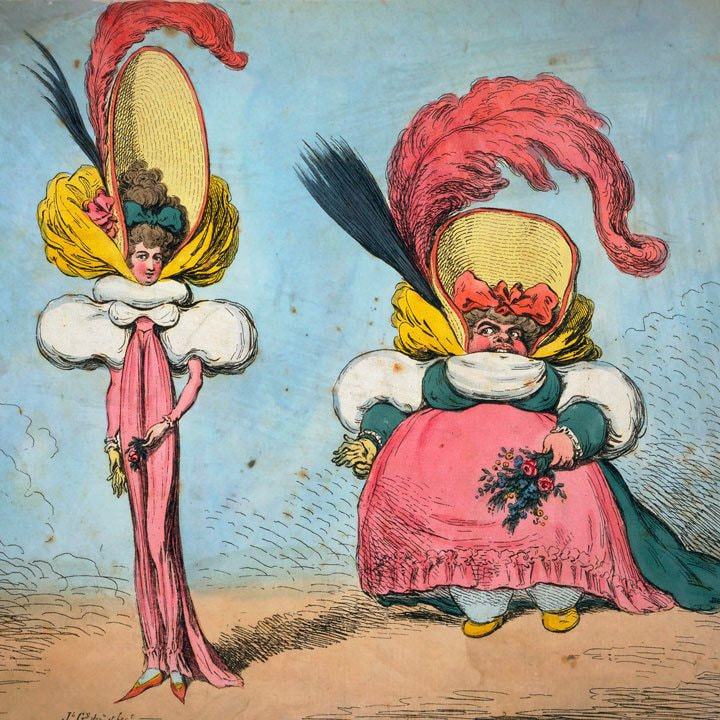Cultural scholar Ksenia Gusarova explores the evolution of judgements on fashion since the late eighteenth century, focusing on what was permitted and considered right or wrong at different times.
A magical fantasy world, or a mean deception—fashion may look like both, depending on the viewpoint. Most of us would agree that fashion is an art of illusions, but opinions regarding this cultural phenomenon vary a lot. Fashion adherers emphasize the “art” component, underlining creative transformation of reality and the search for perfection that inform designers’ practices, as much as our everyday fashion routines. Critics, alternatively, usually mention lies inherent in fashion industry, meaning manufacturers who mislead consumers by offering unnecessary products at higher costs, exploiting the desire to remain attractive at any price. We will trace the logic of judgments about fashion, both positive and negative, back to the late eighteenth century, with special attention to those that have defined the limits of the norm by separating the “good” of illusion from the “bad”. How do these limits change over time, and what can they tell us about the society which imposes them?

